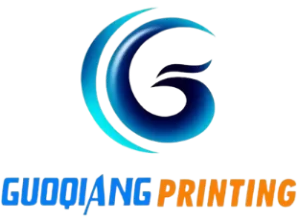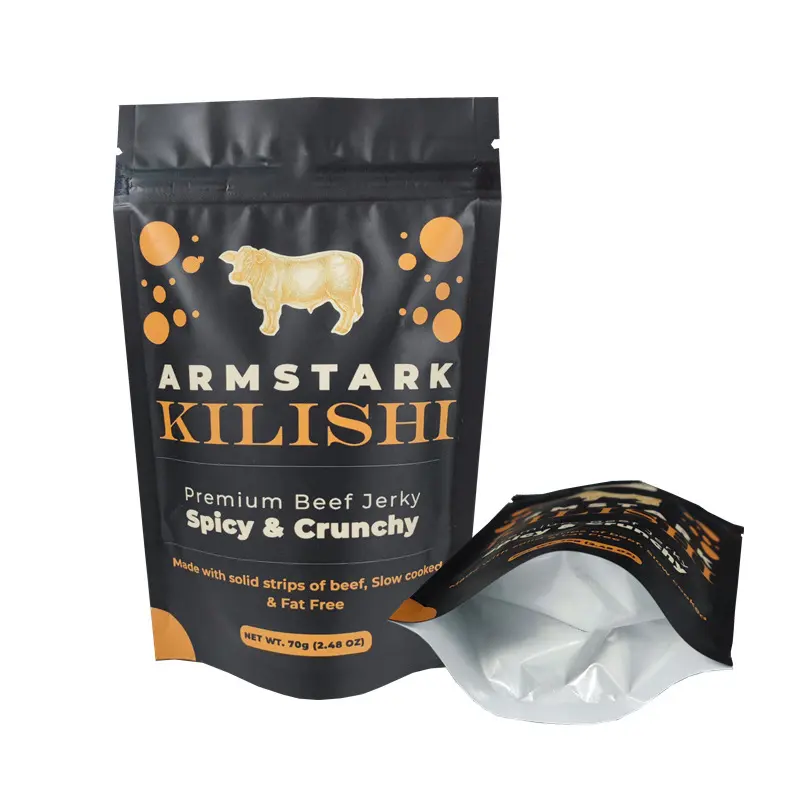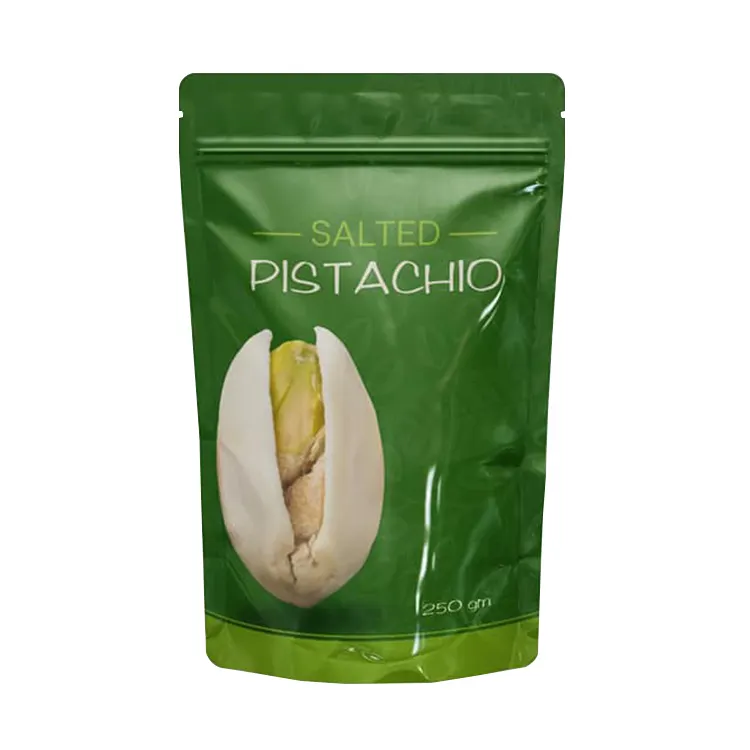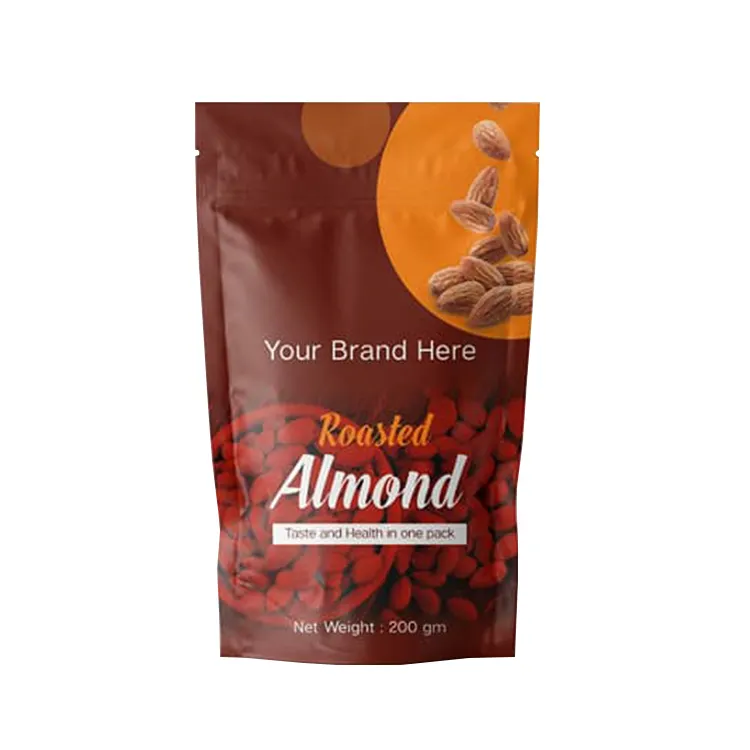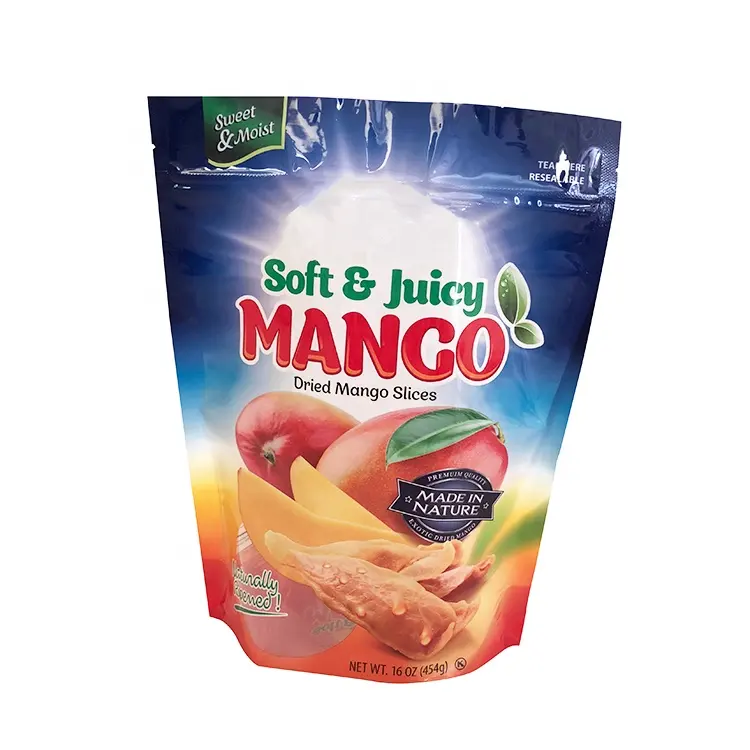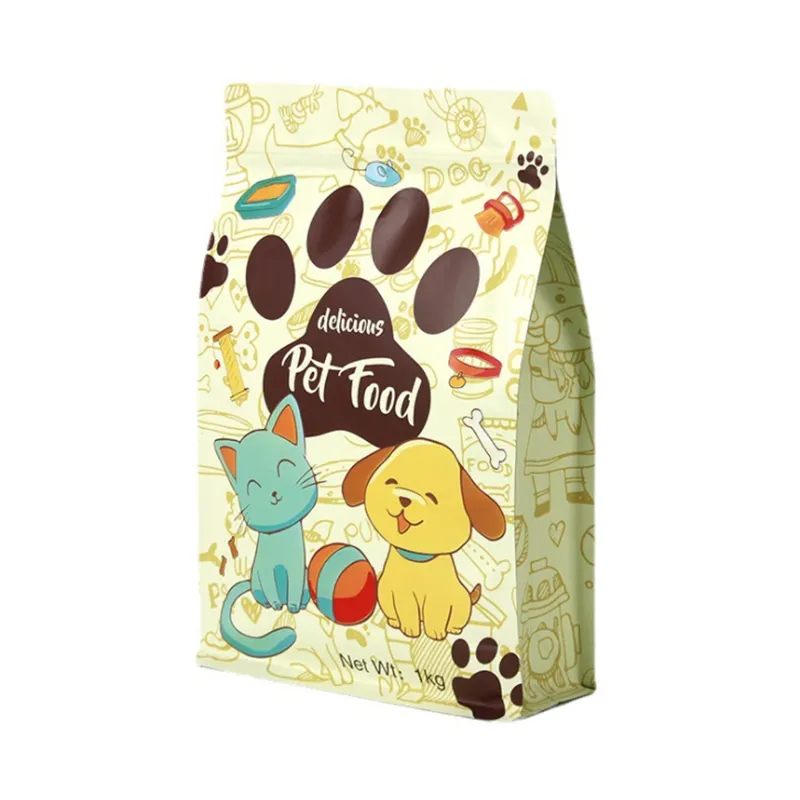In the world of printing, there are two methods that are often used across industries: digital printing and flexographic printing. Both have distinct advantages that make them ideal for specific applications. But how do they compare?
As a professional flexible packaging manufacturer, I will walk you through the differences between the two popular printing technologies to help you decide which one is best for your next project.
What is Digital Printing?
Digital printing is a modern printing method that uses digital files (such as PDFs or images) to transfer images directly to printed materials. It works similarly to the functionality of a home printer, but on a larger, more industrial scale. The printer’s ink or toner is applied directly to the material without any intermediate steps such as plates or screens.
Key Advantages of Digital Printing
Shorter setup time : No physical plates or complicated setups are required, which makes it ideal for small runs or quick turnaround projects.
Customization : Because it’s digital, it’s easy to make changes to each print, allowing for highly personalized or variable data printing (such as personalized packaging or marketing materials).
Cost-effective for small runs : Digital printing doesn’t require large runs to be cost-effective, so it’s ideal for small orders or prototypes.
High-quality images : Provides sharp, vivid prints, perfect for detailed images or photographs.
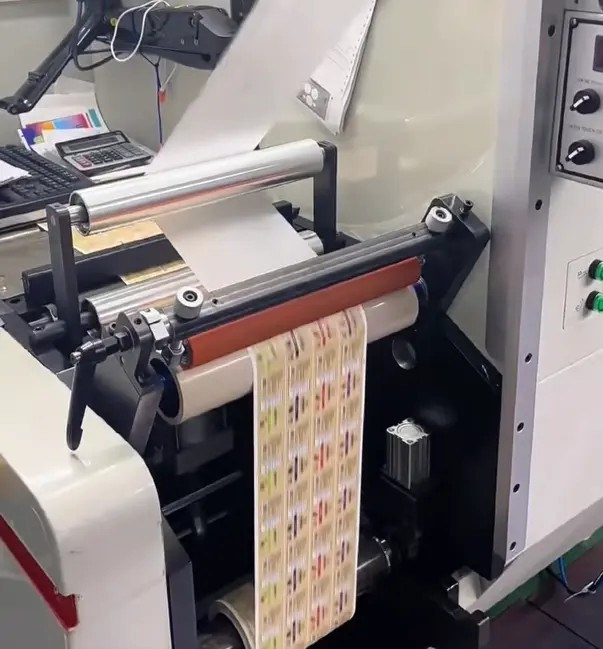
What is Flexographic Printing?
Flexographic Printing, or Flexography, refers to a relief printing process in a rotary press using flexible photopolymer plates or rubber. The principal features are precise ink metering by an anilox roller in applying ink on the plate image areas that are elevated. An impression cylinder is used afterward to press the plate covered with the ink against the substrate to obtain the final print.
This technology is particularly best used for non-absorbent materials such as plastic films, labels, and corrugated board for high-speed printing, and thus the technology has a monopoly in the packaging field.
Key Advantages of Flexographic Printing:
Suitable for Large Volumes : Flexo is well-suited for long-run jobs as it is meant for printing large quantities. The cost of setting up may be more, but the cost per unit decreases as the number of prints goes up.
Substrate Flexibility : Flexo can print on paper, plastic, film, and metalized film and hence can be used for packaging and labels.
Fast and Efficient : The printing is very fast after the setup, so it is ideal for large projects that need to be completed in a short space of time.
Durability : Flexo prints are durable, especially when used on materials like packaging and containers that will be handled frequently.
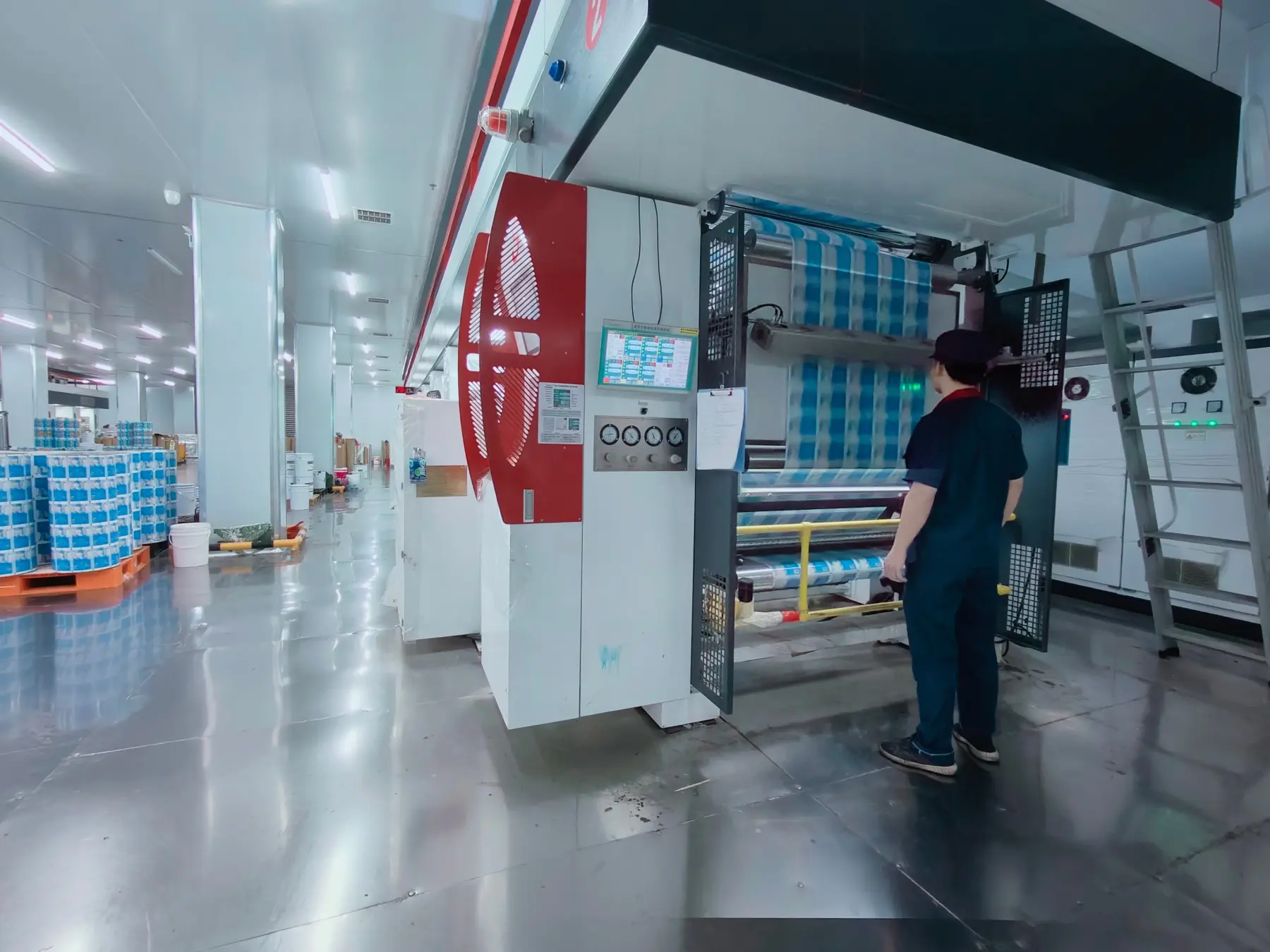
Digital Printing vs. Flexographic Printing: A Head-to-Head Comparison
| Feature | Digital Printing | Flexographic Printing |
| Setup Time | Quick, no plates needed | Longer, requires plate creation |
| Cost for Small Runs | More cost-effective for small runs | High setup cost, but cost per unit drops with volume |
| Material Versatility | Limited to certain materials | Can print on a wide variety of materials, including flexible ones |
| Image Quality | High-quality, detailed images | High-quality for text and simple graphics, but may not match digital quality for photos |
| Printing Speed | Slower, especially for large runs | Faster for large volumes |
| Customization | Great for short runs with variable data | Less flexible for customization mid-run |
| Eco-Friendliness | Often more eco-friendly due to less waste | Generally more ink waste and higher energy use due to the process |
Which Printing Method Should You Choose?
Choose Digital Printing
- You need smaller print runs.
- You need a fast turnaround time.
- Your project involves a lot of customization, such as a unique design or personalized data.
- You are printing materials with more specific needs (e.g., photo prints or promotional items).
Choose Flexographic Printing
- You are working on high-volume printing.
- The project requires printing on a variety of materials, especially flexible materials such as film or foil.
- You need durability in printed materials such as packaging or labels.
- You have a budget for initial setup costs but want lower per-unit costs as print volumes increase.
Conclusion
Both digital and flexographic printing have their place in the printing world, and the right choice depends largely on the project requirements. Digital printing offers a fast, high-quality, and cost-effective solution for small batches and customization. In contrast, flexographic printing is well suited for high-volume production, especially in packaging and labeling where speed and durability are critical.
About GQ PACK
GQ PACK was founded in 2008 and is a leading global provider of flexible packaging solutions. Our team consists of more than 200 employees, with operations in more than 50 countries and regions, providing high-quality packaging services to customers in many industries around the world.
We provide comprehensive flexible packaging solutions for industries such as food, cosmetics, daily consumer goods, and pharmaceuticals. We provide custom water bottle labels, custom shrink sleeve labels, custom packaging film rolls, and other flexible packaging types.
- Innovative design
- High-quality materials
- Customized services
- Global supply chain
